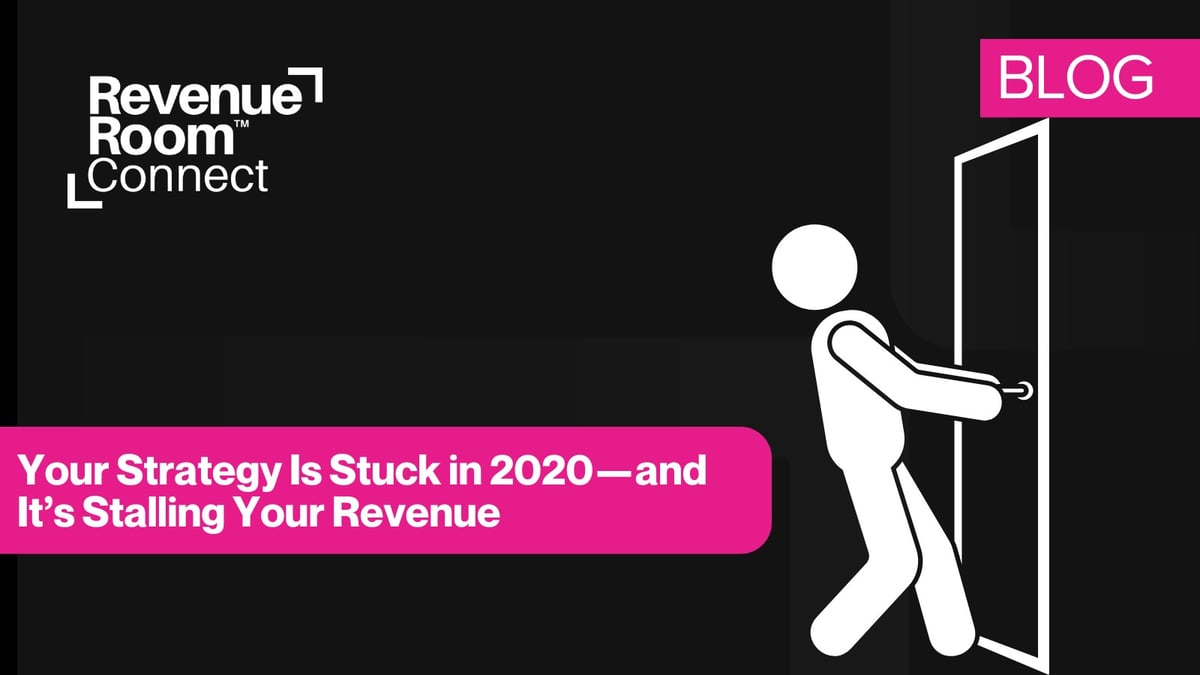Revenue
May 15, 2025
Your Strategy Is Stuck in 2020—and It’s Stalling Your Revenue

# 1st-party data
# Analytics
# B2B
# B2C
# Business Transformation
# Customer-Centricity
# Data monetization
# Monetization
# Revenue
# Sales Strategy
Update your model before your market moves on.

Coleen Thomson

Sign in or Join the community
The Nexus for Data-Driven Growth Leaders
Comments (0)
Popular
Popular
Video
Behind the Scenes with FT Live: How Orson Francescone is Transforming B2B Events in the Digital Age
By Heather Holst-Knudsen
Video
Zero-Click Futures and AI Truths: How Tag Digital is Redefining Event Marketing
By Laura Davidson
Dive in
Related
Blog
AI Is Eating Your Traffic – How Media Companies Can Reclaim Audience and Revenue
By Heather Holst-Knudse... • Aug 14th, 2025 • Views 33
Video
Reinventing Event Revenue: Michelle Troop on Customization, AI Tools, and Selling Beyond the Booth
By Michelle Troop • Jun 25th, 2025 • Views 12
Blog
The Revenue Room™ The Implementation Blueprint: Part 3 - Building Your Revenue Room™ in 90 Days
By Heather Holst-Knudse... • Oct 25th, 2025 • Views 7
Video
The Future of Media is Data-Fueled: How Future PLC & Bombora Are Rewriting the Rules of Revenue
By Heather Holst-Knudse... • Dec 9th, 2025 • Views 5
Blog
AI Is Eating Your Traffic – How Media Companies Can Reclaim Audience and Revenue
By Heather Holst-Knudse... • Aug 14th, 2025 • Views 33
Blog
The Revenue Room™ The Implementation Blueprint: Part 3 - Building Your Revenue Room™ in 90 Days
By Heather Holst-Knudse... • Oct 25th, 2025 • Views 7
Video
The Future of Media is Data-Fueled: How Future PLC & Bombora Are Rewriting the Rules of Revenue
By Heather Holst-Knudse... • Dec 9th, 2025 • Views 5
Video
Reinventing Event Revenue: Michelle Troop on Customization, AI Tools, and Selling Beyond the Booth
By Michelle Troop • Jun 25th, 2025 • Views 12

